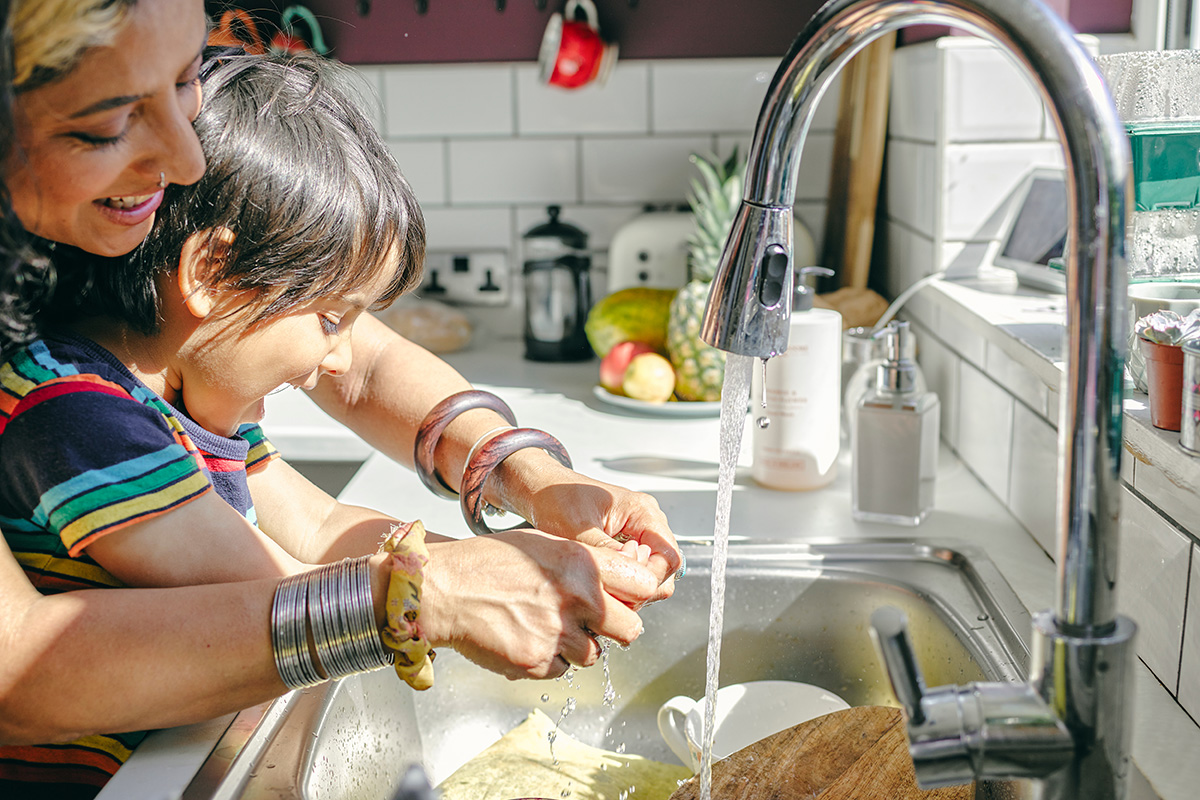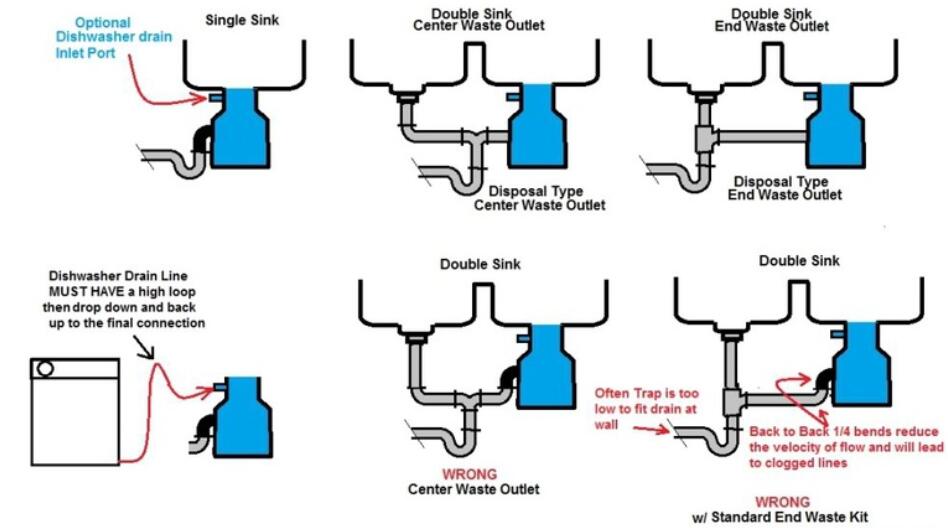Having a clogged kitchen sink drain can be a major inconvenience, causing water to back up and making it difficult to wash dishes or use the sink. Luckily, there are several simple methods you can try to unclog your kitchen sink drain and get the water flowing freely again.
One method is to use a plunger to create suction and dislodge the clog. Fill the sink with a few inches of water and place the plunger over the drain, making sure it covers the entire opening. Then, plunge up and down vigorously until the clog is cleared. You may need to repeat this process a few times for stubborn clogs.
Another option is to use a homemade mixture of baking soda and vinegar. Start by pouring half a cup of baking soda down the drain, followed by half a cup of vinegar. Let the mixture sit for about 10 minutes, then pour a pot of boiling water down the drain to flush it out.
If these methods don't work, you may need to use a plumbing snake to physically remove the clog. Insert the snake into the drain and turn it clockwise to grab onto the clog. Then, pull the snake out and dispose of the clog. This may require a bit more effort, but it can effectively clear even the toughest clogs.
Remember to always use caution when attempting to unclog a kitchen sink drain and never use chemical drain cleaners, as they can be harmful to your pipes and the environment.
How to Unclog a Kitchen Sink Drain
If you're installing a new kitchen sink or simply replacing the drain, it's important to know how to properly install a kitchen sink drain. Here are the steps to follow:
1. Start by removing the old drain, if necessary. Depending on the type of sink you have, you may need to unscrew the drain from the bottom of the sink or use a plumber's wrench to loosen it.
2. Next, attach the strainer to the bottom of the sink. Apply a thin layer of plumber's putty to the underside of the strainer, then insert it into the drain opening. Secure it in place by tightening the locknut from below.
3. Once the strainer is in place, attach the drain pipe and tailpiece. Apply plumber's tape to the threads of the tailpiece and screw it into the bottom of the strainer. Then, attach the other end of the tailpiece to the drain pipe using a slip nut and washer.
4. Finally, connect the P-trap to the drain pipe. Make sure all connections are tight and secure, then turn on the water to check for any leaks.
Installing a kitchen sink drain may seem intimidating, but with the right tools and a bit of know-how, it can be a simple DIY project.
How to Install a Kitchen Sink Drain
A slow draining kitchen sink can be frustrating, but luckily there are a few simple solutions to fix the problem. Here are some steps to try:
1. Start by using a plunger to try and remove the clog. If the clog is near the surface, this may be enough to clear it and get the water draining properly again.
2. If the plunger doesn't work, try using a mixture of baking soda and vinegar. Pour half a cup of baking soda down the drain, followed by half a cup of vinegar. Let it sit for 10-15 minutes, then flush with hot water.
3. Another option is to use a plumbing snake to physically remove the clog. Insert the snake into the drain and turn it clockwise to grab onto the clog. Then, pull the snake out and dispose of the clog.
4. If none of these methods work, the clog may be deeper in your pipes and require professional assistance. It's best to call a plumber if you're unable to fix the issue yourself.
How to Fix a Slow Draining Kitchen Sink
Regularly cleaning your kitchen sink drain is important for preventing clogs and maintaining proper drainage. Here's how to keep your drain clean and fresh:
1. Start by removing any visible debris from the drain. Use a pair of tweezers or a toothbrush to gently remove any food or hair that may be caught in the strainer or near the opening of the drain.
2. Once the visible debris is removed, pour a cup of baking soda down the drain, followed by a cup of vinegar. Let the mixture sit for about 10 minutes, then flush with hot water.
3. To eliminate any lingering odors, you can also pour a mixture of lemon juice and hot water down the drain. The citric acid in the lemon juice will help break down any buildup and leave your drain smelling fresh.
4. For a deeper clean, you can also use a plumbing snake to physically remove any buildup or clogs in your pipes. This is especially helpful for older drains that may have accumulated a lot of debris over time.
How to Clean a Kitchen Sink Drain
If your kitchen sink drain is damaged or beyond repair, you may need to replace it. Here are the steps to follow:
1. Start by removing the old drain. Depending on the type of sink you have, this may involve unscrewing the drain from the bottom of the sink or using a plumber's wrench to loosen it.
2. Once the old drain is removed, clean the area around the drain opening with a scrub brush and some mild cleaner to remove any buildup or debris.
3. Next, follow the steps for installing a new kitchen sink drain (see "How to Install a Kitchen Sink Drain" above).
4. Once the new drain is in place, turn on the water to check for any leaks. If everything looks good, you're all set!
How to Replace a Kitchen Sink Drain
A clogged kitchen sink drain can be a major inconvenience, but with the right tools and techniques, you can clear it and get your sink draining properly again. Here's how:
1. Start by using a plunger to try and dislodge the clog. Fill the sink with a few inches of water and place the plunger over the drain, making sure it covers the entire opening. Then, plunge up and down vigorously until the clog is cleared.
2. If the plunger doesn't work, try using a mixture of baking soda and vinegar. Pour half a cup of baking soda down the drain, followed by half a cup of vinegar. Let it sit for 10-15 minutes, then flush with hot water.
3. For tougher clogs, you may need to use a plumbing snake to physically remove the clog. Insert the snake into the drain and turn it clockwise to grab onto the clog. Then, pull the snake out and dispose of the clog.
4. If these methods don't work, it may be time to call a plumber for professional assistance.
How to Clear a Clogged Kitchen Sink Drain
Using a plumbing snake, also known as a drain auger, is an effective way to clear tough clogs in your kitchen sink drain. Here's how to snake a kitchen sink drain:
1. Start by inserting the snake into the drain and turning it clockwise to grab onto the clog. You may need to push the snake further down the drain if you encounter any resistance.
2. Once you've grabbed onto the clog, pull the snake out slowly to remove it. Dispose of the clog and any debris that may have come out with it.
3. If the clog is particularly stubborn, you may need to repeat the process a few times to fully clear it.
Remember to always use caution when using a plumbing snake and never force it if you encounter resistance, as this could damage your pipes.
How to Snake a Kitchen Sink Drain
Preventing clogs in your kitchen sink drain is much easier than dealing with them after they happen. Here are some tips to keep your drain clear and flowing smoothly:
1. Use a sink strainer to catch food debris and prevent it from going down the drain. Empty the strainer after each use and clean it regularly.
2. Avoid pouring grease or oil down the drain, as it can solidify and cause clogs.
3. Run hot water down the drain after each use to help flush out any buildup.
4. Regularly clean your drain using the methods outlined in "How to Clean a Kitchen Sink Drain" above.
How to Prevent Kitchen Sink Drain Clogs
A leaky kitchen sink drain can be a nuisance, but luckily it's a relatively easy fix. Here's how to repair a leaky kitchen sink drain:
1. Start by identifying the source of the leak. It could be coming from the strainer, the tailpiece, or the drain pipe.
2. If the leak is coming from the strainer, you may need to tighten the locknut or replace the rubber gasket. If the leak is coming from the tailpiece, you may need to tighten the slip nut or replace the washer.
3. If the leak is coming from the drain pipe, you may need to replace the pipe or use plumber's tape to seal any leaks.
4. Once you've made the necessary repairs, turn on the water to check for any remaining leaks. If everything looks good, your sink should be leak-free!
How to Repair a Leaky Kitchen Sink Drain
Installing a garbage disposal in your kitchen sink can make cleaning up after meals much easier. Here's how to install a garbage disposal:
1. Start by turning off the power to your kitchen sink at the circuit breaker. Then, remove the drain pipe and tailpiece from the sink.
2. Next, attach the mounting assembly to the bottom of the sink. Follow the manufacturer's instructions for your specific model.
3. Once the mounting assembly is in place, attach the garbage disposal unit to it. Again, refer to the manufacturer's instructions for guidance.
4. Finally, connect the drain pipe and tailpiece to the disposal unit and turn the power back on. Test the disposal to make sure it's working properly.
Installing a garbage disposal can be a bit more complex than other kitchen sink drain repairs, so if you're not confident in your abilities, it's best to call a professional plumber for assistance.
How to Install a Garbage Disposal in a Kitchen Sink
The Importance of Proper Drainage for Your Kitchen Sink

Why is Drainage Important?
 Proper drainage is crucial for any kitchen sink, as it serves a vital function in preventing water from pooling and causing damage to your home. Without proper drainage, water can seep into the surrounding walls and floors, leading to issues such as mold growth and structural damage. Additionally, standing water in your sink can attract pests and create an unsanitary environment in your kitchen. Therefore, it is essential to ensure that your kitchen sink has a functional and efficient drainage system.
Proper drainage is crucial for any kitchen sink, as it serves a vital function in preventing water from pooling and causing damage to your home. Without proper drainage, water can seep into the surrounding walls and floors, leading to issues such as mold growth and structural damage. Additionally, standing water in your sink can attract pests and create an unsanitary environment in your kitchen. Therefore, it is essential to ensure that your kitchen sink has a functional and efficient drainage system.
Types of Drainage Systems
 There are several types of drainage systems for kitchen sinks, each with its own advantages and disadvantages. The two main types are traditional drainage systems and modern drainage systems. Traditional drainage systems consist of a drainpipe that leads to a septic tank or public sewage system. While this is a tried and tested method, it can be prone to clogging and can require frequent maintenance. On the other hand, modern drainage systems, such as garbage disposals and macerating systems, use advanced technology to grind and dispose of food waste, making them a more convenient option for many homeowners.
There are several types of drainage systems for kitchen sinks, each with its own advantages and disadvantages. The two main types are traditional drainage systems and modern drainage systems. Traditional drainage systems consist of a drainpipe that leads to a septic tank or public sewage system. While this is a tried and tested method, it can be prone to clogging and can require frequent maintenance. On the other hand, modern drainage systems, such as garbage disposals and macerating systems, use advanced technology to grind and dispose of food waste, making them a more convenient option for many homeowners.
Considerations for Drainage Design
 When designing a drainage system for your kitchen sink, there are a few key factors to keep in mind. First and foremost, the system should be able to handle the volume of water and food waste produced by your household. It should also be designed to prevent clogs and backups, as well as be easily accessible for maintenance and repairs. Additionally, the slope and size of the drainpipe should be calculated carefully to ensure efficient water flow and prevent standing water.
Overall, proper drainage for your kitchen sink is crucial for maintaining a clean, functional, and safe home. Whether you opt for a traditional or modern system, make sure to consider all the necessary factors for an effective and long-lasting solution.
By investing in a well-designed drainage system, you can avoid potential issues and enjoy a hassle-free kitchen experience. So, if you are designing or renovating your kitchen, don't overlook the importance of proper drainage for your kitchen sink.
When designing a drainage system for your kitchen sink, there are a few key factors to keep in mind. First and foremost, the system should be able to handle the volume of water and food waste produced by your household. It should also be designed to prevent clogs and backups, as well as be easily accessible for maintenance and repairs. Additionally, the slope and size of the drainpipe should be calculated carefully to ensure efficient water flow and prevent standing water.
Overall, proper drainage for your kitchen sink is crucial for maintaining a clean, functional, and safe home. Whether you opt for a traditional or modern system, make sure to consider all the necessary factors for an effective and long-lasting solution.
By investing in a well-designed drainage system, you can avoid potential issues and enjoy a hassle-free kitchen experience. So, if you are designing or renovating your kitchen, don't overlook the importance of proper drainage for your kitchen sink.




:max_bytes(150000):strip_icc()/freshen-and-unclog-drain-with-baking-soda-1900466-22-bbf940b70afa4d5abef0c54da23b1d3f.jpg)






/how-to-unclog-a-kitchen-sink-2718799_sketch_FINAL-8c5caa805a69493ab22dfb537c72a1b7.png)





/how-to-install-a-sink-drain-2718789-hero-b5b99f72b5a24bb2ae8364e60539cece.jpg)


:max_bytes(150000):strip_icc()/how-to-install-a-sink-drain-2718789-hero-24e898006ed94c9593a2a268b57989a3.jpg)











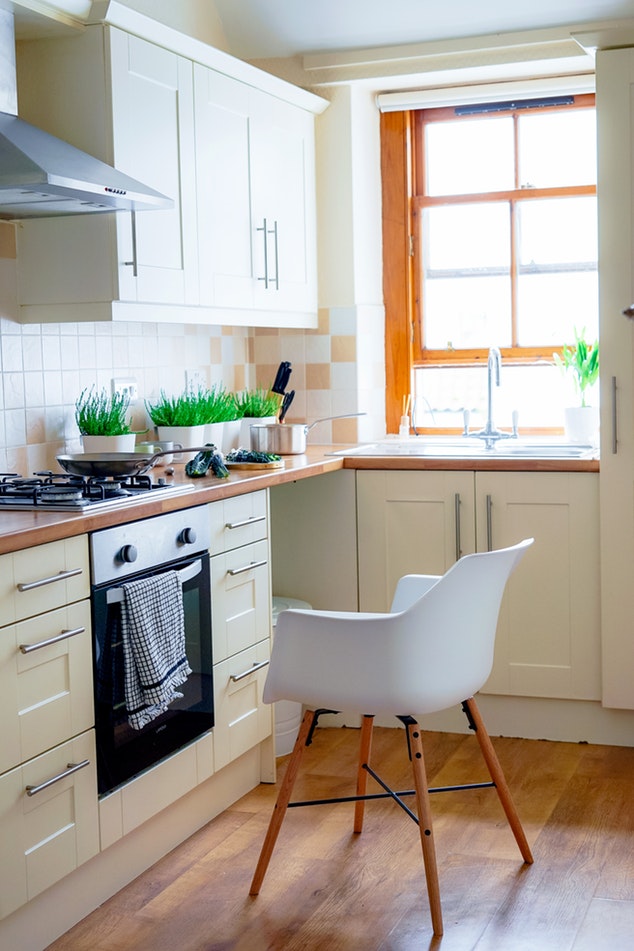

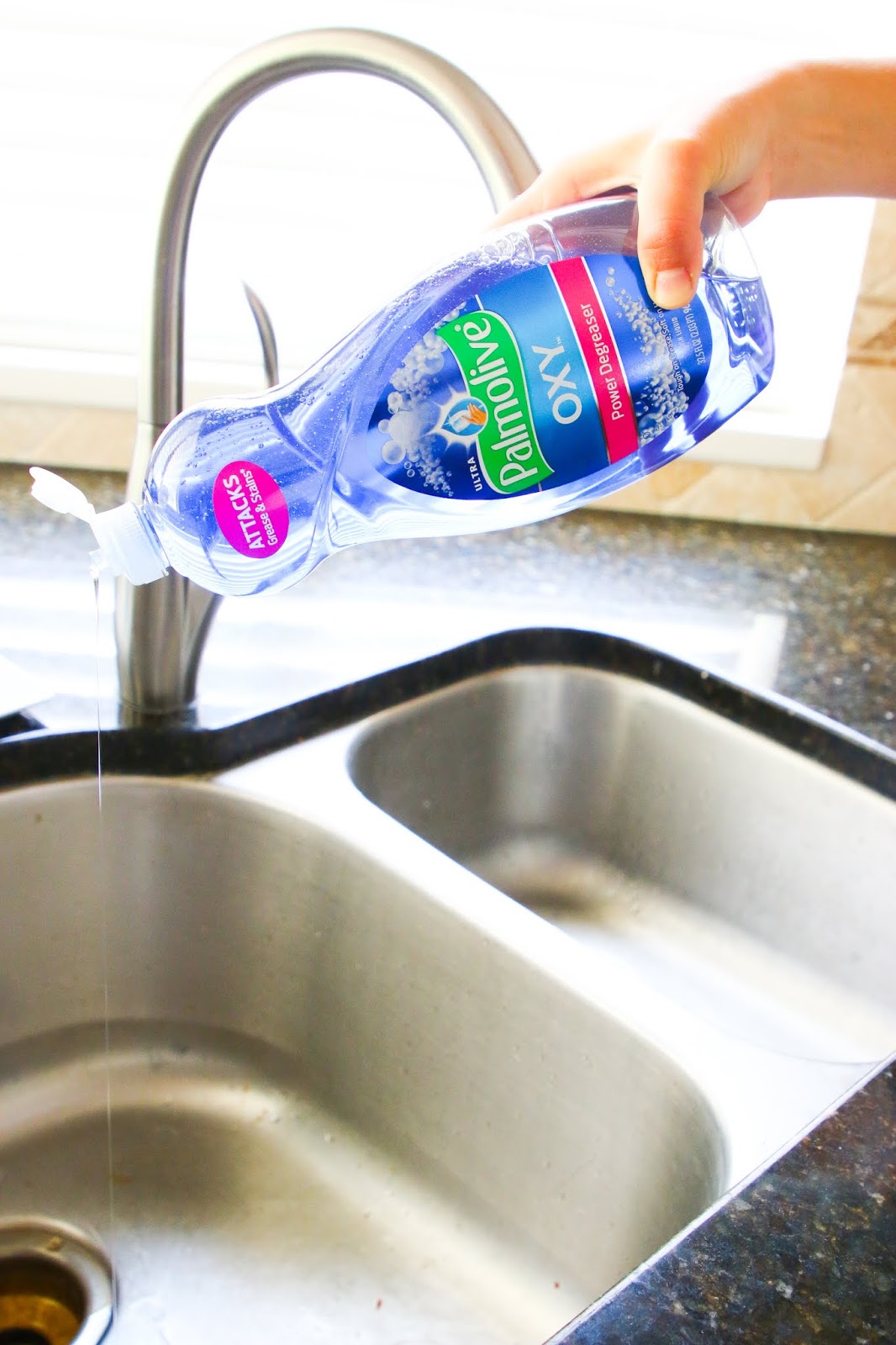

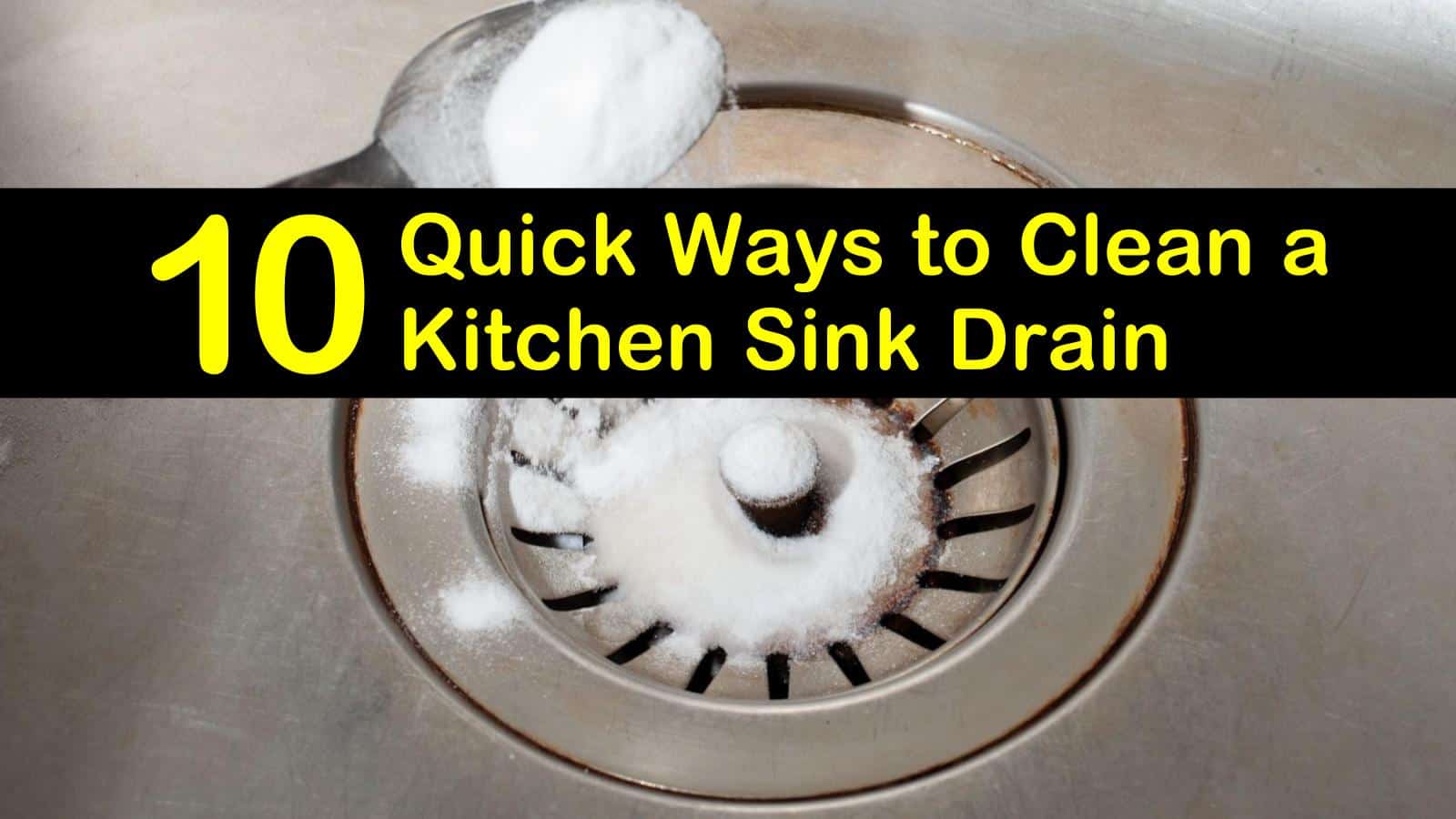


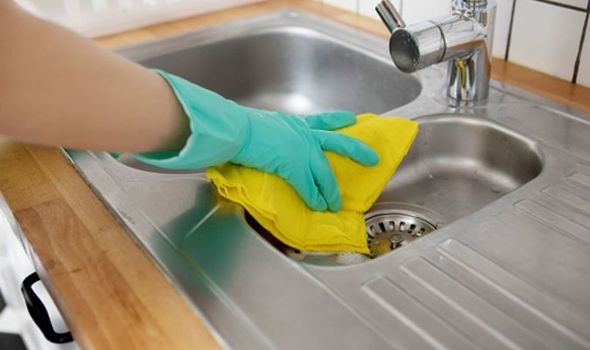

:max_bytes(150000):strip_icc()/how-to-clean-a-kitchen-sink-and-drain-01-5660035-a1d8afe3894346f9a579e66c55e64b7d.jpg)




















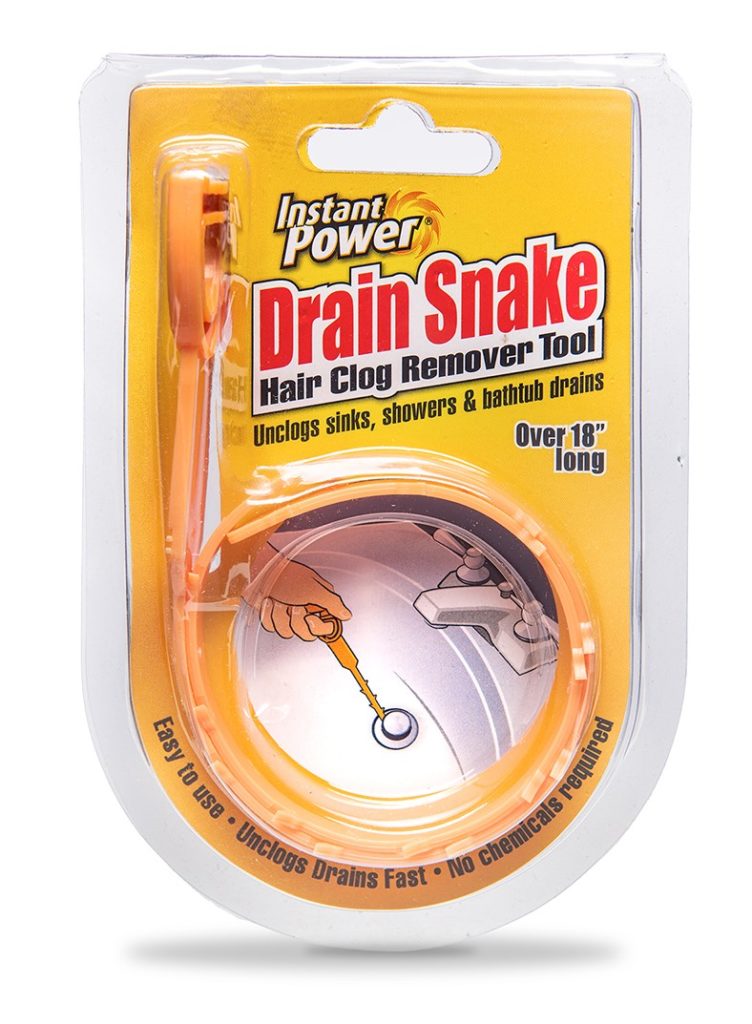



/DrainSnake-c4efd6c0f57e4994a171a4b2f2463059.jpg)







